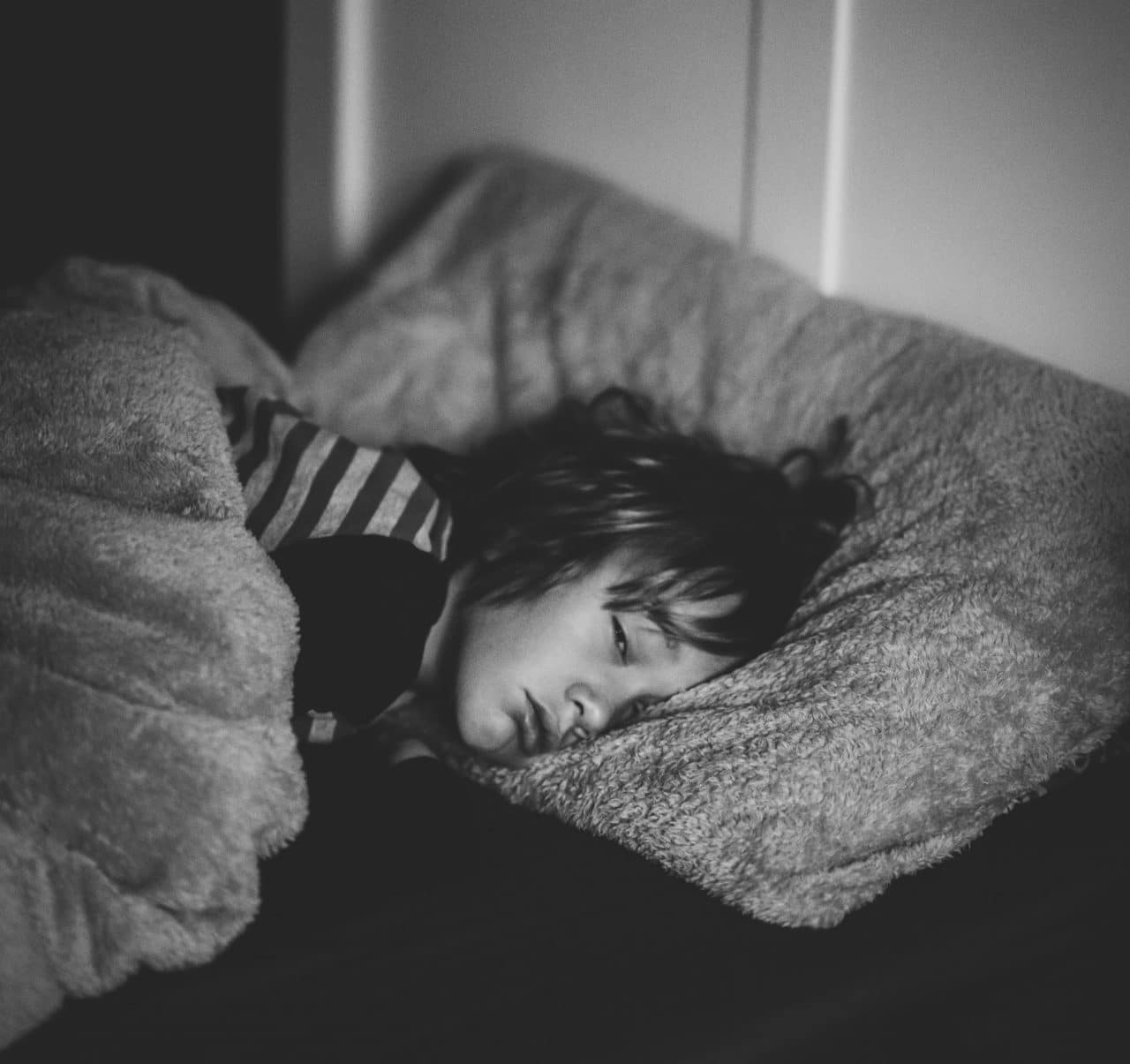If your child isn’t getting enough sleep at night, they can become fatigued and irritable during the day. They may have problems paying attention, learning new information and behaving appropriately. Sleep problems can also affect a child’s growth, blood sugar and immune system.
What Is a Sleep Disorder?

It is estimated that up to 50 percent of children experience sleep problems. Sleep disorders are characterized by a child having trouble falling or staying asleep at night. Common symptoms of a sleep disorder include:
- Difficulty falling asleep
- Waking up frequently
- Tossing and turning
- Noisy breathing
- Pauses in breathing during sleep
- Gasping/snorting during sleep
- Nightmares
- Waking up screaming
- Sleep walking
- Restless legs
- Wetting the bed
- Falling asleep in class
- Weight problems
- ADHD
Types of Sleep Disorders
The exact symptoms of your child’s sleep disorder will vary depending on what type of sleep disorder they suffer from. Some of the most common sleep disorders are…
- Sleep apnea. Obstructive sleep apnea occurs when soft tissue in the throat blocks the upper airway, causing snoring and pauses in breathing. Central sleep apnea when the brain stops signaling a child to breathe, sometimes for as long as a full minute.
- Insomnia. This condition means your child has trouble falling or staying asleep, or wakes up too early.
- Delayed phase sleep syndrome. This chronic disorder occurs when children, especially teens, go to bed much later than normal and have difficulty waking up.
- Excessive sleepiness. This describes unexplained sleepiness with no other underlying disorder or medical issue.
- Parasomnia. This term describes a set of conditions characterized by abnormal movements during sleep. Subtypes include nightmares, sleep terrors, sleep talking and sleep walking.
- Narcolepsy. This central nervous disorder is caused by the brain being unable to regulate sleeping and waking cycles.
Testing Sleep Disorders
Sleep tests can be performed to help identify what exactly the problems with your child’s sleep are. Common sleep tests are listed below.
- Sleep studies take place overnight in a sleep lab to measure and record quality of sleep. They are typically used to diagnose sleep apnea.
- Electroencephalogram (EEG) testing detects the brain’s electrical activity during sleep and measures sleep stages.
- Multiple sleep latency test is used for unexplained sleepiness and can help diagnose narcolepsy. It does so by measuring brain activity and eye movement during naps.
- Actigraphy involves wearing a watch-like device with a sensor to measure sleep patterns. It can diagnose OSA and insomnia.
- Blood tests can confirm iron deficiencies, which are linked to periodic limb movement and restless leg syndrome.
For more information or to schedule an appointment, call ENT of Georgia today.